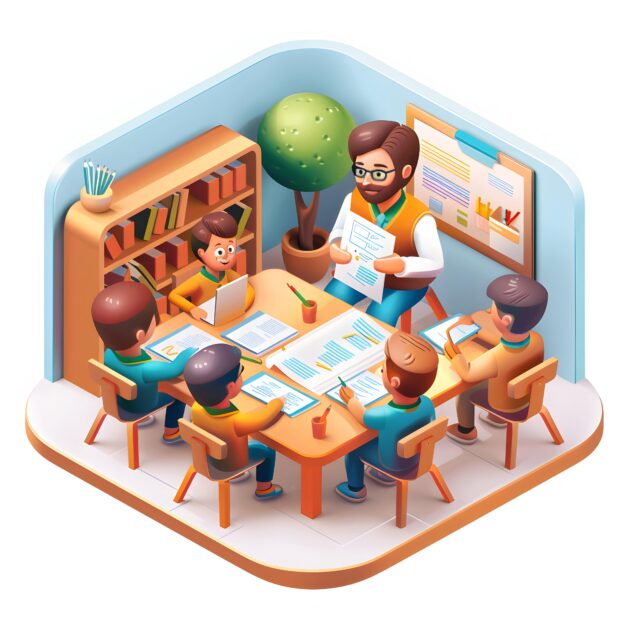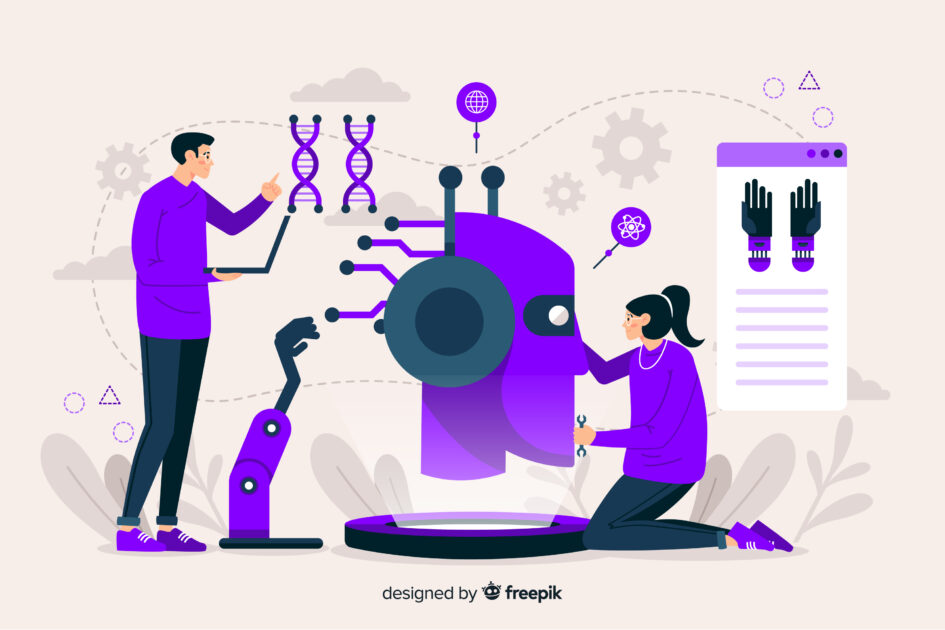List of 50 Opposite Words with Examples for Kids


Learning new words is an exciting and important part of growing up. One of the best ways to increase your vocabulary is by learning opposite words. These words are also called antonyms, and they show us how two words can be completely different from each other. By learning opposite words, children not only improve their language skills but also develop a deeper understanding of the world around them. In this blog, we will explore 50 opposite words, along with examples to help you understand them better.
What Are Opposite Words?
Opposite words are pairs of words that have completely different meanings. They are essential for building vocabulary and improving language skills. Learning opposite words is also a great way for kids to expand their understanding of how words work in sentences and stories.
Why Are Opposite Words Important?
Opposite words help kids become more expressive. By learning them, children can communicate better and understand more complex ideas. For example, understanding that “hot” and “cold” are opposites helps children understand temperature changes. The more opposite words a child knows, the better they can express their thoughts and ideas.
Now, let’s dive into our list of 50 opposite words with examples that will help kids expand their vocabulary and language skills.
| No. | Opposite Word Pair | Example (Opposite Word 1) | Example (Opposite Word 2) |
|---|---|---|---|
| 1 | Hot – Cold | The tea is too hot to drink. | I like to drink cold water on a hot day. |
| 2 | Big – Small | The elephant is very big. | The mouse is small and quick. |
| 3 | Fast – Slow | The cheetah runs very fast. | The turtle moves slowly but steadily. |
| 4 | Happy – Sad | I feel happy when I play with my friends. | She felt sad when her ice cream fell. |
| 5 | Tall – Short | The tree in the park is very tall. | The boy is shorter than his sister. |
| 6 | Young – Old | She is a young girl who loves to read. | The old man enjoys telling stories. |
| 7 | Hard – Soft | The rock is too hard to break. | The pillow is soft and fluffy. |
| 8 | Light – Dark | The room is filled with light from the window. | It’s too dark to see anything without a flashlight. |
| 9 | Near – Far | The school is near my house. | The mountains look far away in the distance. |
| 10 | Up – Down | The balloon floated up into the sky. | The ball bounced down the stairs. |
| 11 | Wet – Dry | The clothes are wet after the rain. | My towel is dry after I used it. |
| 12 | Full – Empty | The glass is full of juice. | The bottle is empty, and I need to fill it. |
| 13 | Clean – Dirty | The table is clean after I wiped it. | His shoes are dirty from playing outside. |
| 14 | Thick – Thin | The book is thick and heavy. | The paper is thin and fragile. |
| 15 | Strong – Weak | The wind is very strong today. | I feel weak after running for a long time. |
| 16 | Loud – Quiet | The music is too loud for me to hear. | Please be quiet during the test. |
| 17 | Sweet – Sour | The candy tastes sweet. | The lemon is sour. |
| 18 | Rich – Poor | The family is rich and lives in a big house. | Many people in the world live in poor conditions. |
| 19 | New – Old | I bought a new toy yesterday. | The old car has been with us for many years. |
| 20 | Strong – Weak | The tree’s roots are strong and deep. | He felt weak after being sick for a week. |
| 21 | Sweet – Bitter | I love the sweet taste of chocolate. | The medicine tastes bitter. |
| 22 | Brave – Scared | The knight was brave and saved the princess. | She was scared of the dark. |
| 23 | Thick – Thin | The sweater is thick and warm. | The paper is thin and delicate. |
| 24 | Bright – Dull | The sun is bright today. | The colors on the wall look dull and faded. |
| 25 | Clean – Dirty | The bathroom is clean after I scrubbed it. | His hands were dirty after playing in the mud. |
| 26 | Hard – Soft | The puzzle pieces are hard to fit together. | The bunny’s fur is soft to touch. |
| 27 | Wet – Dry | My shoes are wet from walking in the rain. | The towel is dry now. |
| 28 | Heavy – Light | The box is too heavy to lift. | The balloon is light and floats up. |
| 29 | Sweet – Salty | The ice cream is sweet and yummy. | The popcorn tastes salty. |
| 30 | Tall – Short | The giraffe is the tallest animal. | The dog is short and fluffy. |
| 31 | Slow – Fast | The snail moves slow across the garden. | The car moves fast on the highway. |
| 32 | Old – New | The old man walks slowly with a cane. | She bought a new dress for the party. |
| 33 | Deep – Shallow | The pool is too deep for me to swim. | The puddle is shallow and dries quickly. |
| 34 | Large – Small | The elephant is a large animal. | The rabbit is a small animal. |
| 35 | Hard – Soft | The chair is made of hard wood. | The pillow is soft and comfortable. |
| 36 | Near – Far | The bookstore is near my house. | The forest looks far from here. |
| 37 | Rich – Poor | The king is rich and lives in a palace. | The family lives in a poor village. |
| 38 | Happy – Sad | She smiled and felt happy. | He felt sad when he lost his toy. |
| 39 | Clean – Messy | His room is always clean and organized. | My desk is messy with books everywhere. |
| 40 | Early – Late | We arrived early to the party. | He was late to class because of the traffic. |
| 41 | Cold – Warm | The water in the bottle is cold. | The blanket is warm on a cold night. |
| 42 | Young – Old | The baby is young and cute. | The elderly man tells many stories. |
| 43 | Quiet – Noisy | The library is a quiet place to read. | The construction site is noisy. |
| 44 | Sweet – Sour | The chocolate cake tastes sweet. | The lime is sour. |
| 45 | Clean – Dirty | The clothes are clean after washing. | My shoes are dirty after the walk. |
| 46 | Strong – Weak | The bridge is strong and sturdy. | The rope is weak and may break. |
| 47 | Full – Empty | My glass is full of water. | The cup is empty now. |
| 48 | Light – Heavy | The feather is light and floats. | The box is too heavy for me. |
| 49 | Fast – Slow | The horse is fast in the race. | The tortoise is slow but steady. |
| 50 | Wet – Dry | The garden is wet after the rain. | My clothes are dry after being hung out. |
Best way to Teach Opposite Words to Kids
Teaching opposite words to kids can be both fun and educational. Here are some of the best ways to help children learn and remember opposites effectively:
1. Use Visual Aids
Kids learn better when they can see the concept. Use pictures, flashcards, or illustrations that show the opposite of words. For example:
- Show a picture of a bright sun (for “bright”) and a picture of a dark room (for “dark”).
- For “hot,” show a picture of a steaming cup, and for “cold,” show a snowflake or ice cubes.
2. Interactive Games
Incorporating games into the learning process keeps kids engaged and helps reinforce their understanding of opposites:
- Memory Card Game: Make pairs of flashcards with opposite words. Kids have to match the cards (e.g., hot/cold, tall/short).
- Opposite Hunt: Ask children to look for opposites in their environment. For example, “Can you find something hot and something cold?”
- Opposite Bingo: Create bingo cards with opposite pairs. As you call out one word, they can mark the opposite on their card.
3. Use Simple Stories
Incorporate opposites into short, simple stories or sentences that children can easily understand. For instance:
- “The elephant is big, and the mouse is small.”
- “It’s hot outside, but the ice cream is cold.”
Storytelling engages kids’ imagination and helps them understand the practical use of opposite words in context.
4. Introduce Opposites in Everyday Conversations
Use everyday opportunities to introduce opposite words during your regular interactions with kids. For example:
- “Look, the weather is cold today, but yesterday it was hot.”
- “The pillow is soft, but the table is hard.”
This not only helps kids grasp the concept of opposites but also strengthens their language skills by making connections to real-life experiences.
5. Use Songs and Rhymes
Songs and rhymes are fun and effective ways to teach kids. Create songs or rhymes that include opposite words. For example, a song that alternates between “hot” and “cold” or “big” and “small” helps them remember the words more easily.
Conclusion
By learning 50 opposite words and understanding their meanings, kids can boost their vocabulary and enhance their language skills. Antonyms help children build better communication abilities, allowing them to describe situations and feelings in a more detailed and colorful way. Keep practicing these opposite words for children regularly to improve fluency and make language learning a fun activity! If you’re looking for a place where your child can excel in language skills and overall education, choosing the best CBSE school in Bangalore can make a significant difference in their academic journey.
FAQs
Some easy opposite words include hot – cold, big – small, up – down, happy – sad, and fast – slow.
Learning opposite words helps kids understand the meaning of words better, improves their vocabulary, and makes communication easier.
Yes! By learning opposite words, kids can better understand the context in stories and improve their ability to express themselves in writing.
Some common opposite words include light – dark, fast – slow, clean – dirty, young – old, and tall – short.



